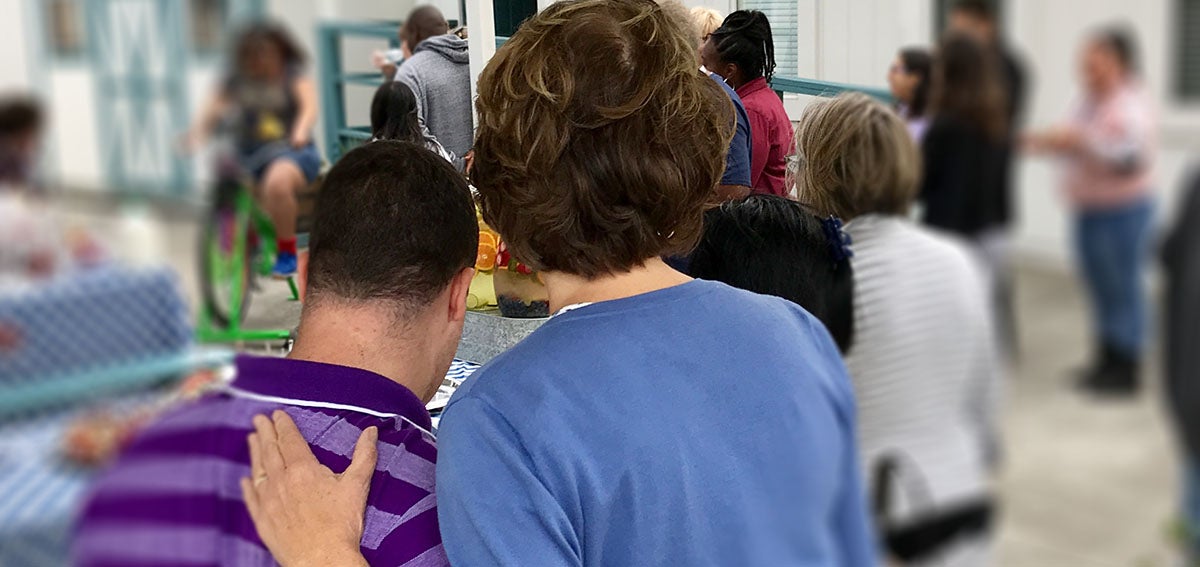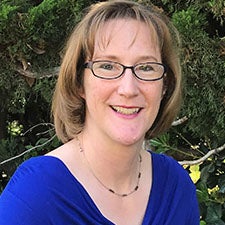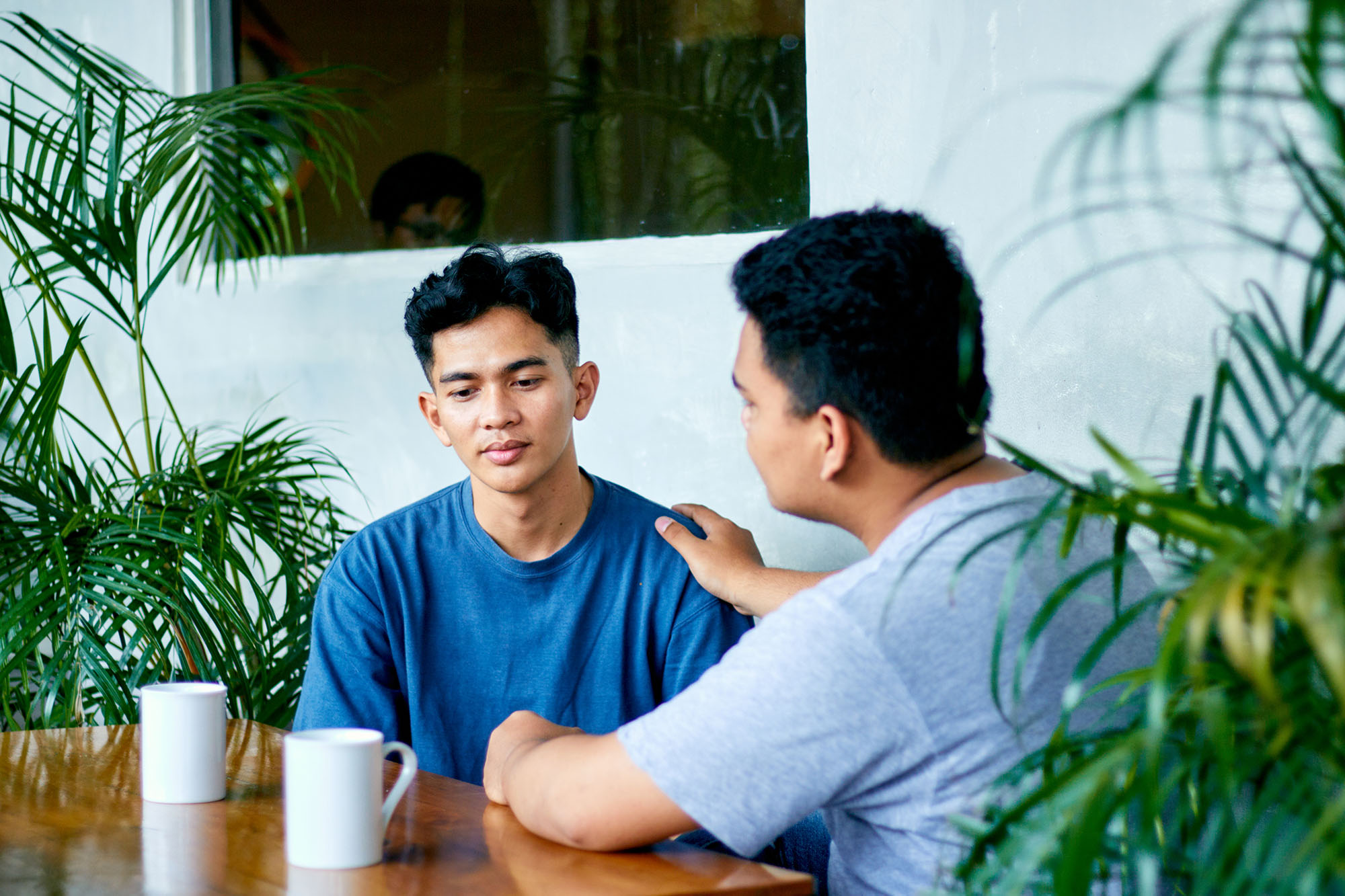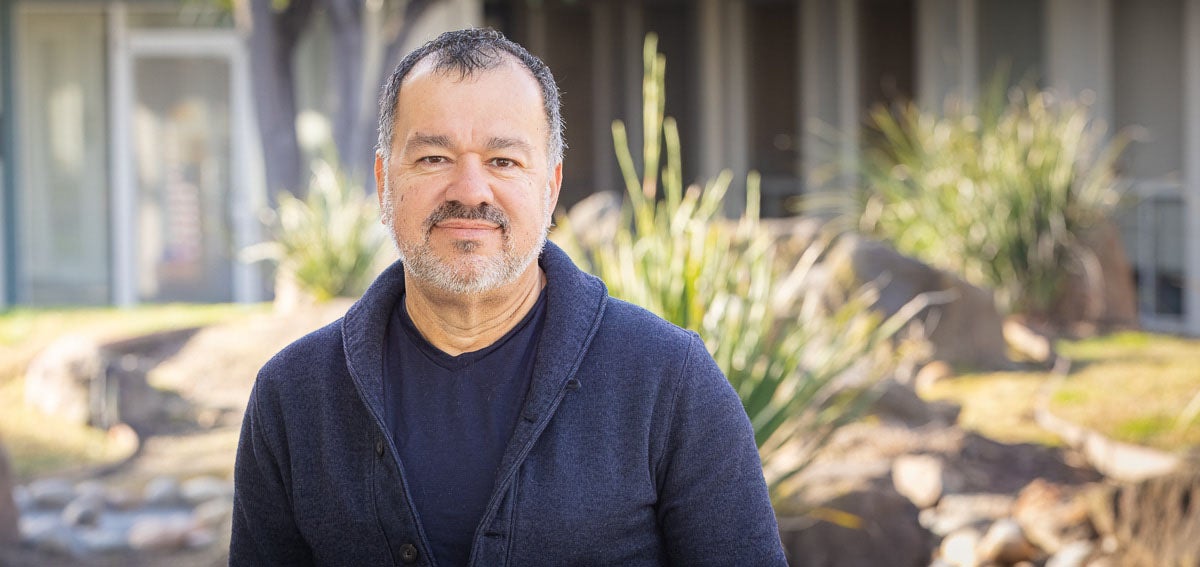
In 2015, mental health care providers in Solano County were confronting a longstanding problem: Latinos and Filipinos enrolled in Medi-Cal, California’s Medicaid program, were receiving behavioral health services far less frequently than their white and Black counterparts. While Latinos and Filipinos together represented 45% of Solano’s Medi-Cal population, they accounted for only 22% of the clients served. Whites and Blacks represented 42% of the Medi-Cal population and 60% of clients served.
“We knew these trends were related to distrust of government agencies and our system’s inability to meet the cultural and linguistic needs of these communities,” said Tracy Lacey, LMFT, senior mental health services manager for the Behavioral Health Division in Solano County, which lies between San Francisco and Sacramento. “These issues were compounded in these populations by the stigma associated with pursuing mental health support.” The statistical disparities showed that many Latinos and Filipinos were not accessing care until they faced a crisis after their illnesses had been progressing for years. Although providers in the county were not collecting data on LGBTQ clients, they suspected that this group was also significantly underserved.
Eager to tackle these long-term trends of health inequity, several leaders within the county reached out to the UC Davis Center for Reducing Health Disparities, an organization known for designing innovative strategies to close gaps in access to health care. With help from the center and community members, the county designed and implemented an innovative plan that is showing signs of success: From 2015 to 2018, the number of clients who received mental health services increased 49% for Latinos and 12% for Filipinos.
Blazing Trails with Innovation Funding
The project kicked off in 2016 with $5 million of innovation funding from the Mental Health Services Act. UC Davis investigators from the Center for Reducing Health Disparities and the Clinical and Translational Science Center’s community engagement program gathered community input through interviews, focus groups, and community forums to gain insights into the barriers confronting the three populations. Several themes emerged.
“We discovered that Latinos would feel more safe accessing services if providers knew their culture and language,” said Sergio Aguilar-Gaxiola, MD, PhD. He is director of both the UC Davis Center for Reducing Heath Disparities and the community engagement program at the Clinical and Translational Science Center, as well as a CHCF board member. The team learned that a high percentage of Latinos live in Dixon and Rio Vista, but most mental health services were located 30 minutes away in Fairfield, the county seat. Clients did not want to lose a day of wages to travel to appointments. Filipinos talked about the importance of encouraging younger generations to become agents of community change because youth are more comfortable speaking up about mental health problems and demonstrating compassion for people living with them. LGBTQ representatives voiced a desire for inclusive policies to ensure that providers use appropriate terminology and pronouns when talking with or about members of their community.
Next, county leaders began assembling a team of committed individuals who had demonstrated a passion for reaching these underserved populations. County officials hoped these efforts would enable them to tailor strategies to improve access to mental health services for the three populations of focus. The team of 51 people included consumers, providers, and representatives from law enforcement, child welfare, social services, schools, faith communities, and other sectors.
Community Health Assessment
During 16 hours of training sessions with this team, the UC Davis group members shared their findings from the community health assessment. They also introduced them to the national standards for culturally and linguistically appropriate services (CLAS). The participants divided into small groups to create quality improvement plans to help Filipino, Latino, and LGBTQ people overcome barriers to seeking mental health services.
One team outlined a detailed plan to open wellness centers in schools with a high percentage of students from the underserved populations. Each participating school would designate a room where students could learn mindfulness techniques, take a break if they were feeling upset, or talk to a staff member trained to offer positive behavioral interventions and connect them with mental health resources.
“The wellness centers have been so well received that 20 more schools are slated to open centers by June 2020.”
In the last year, five wellness centers have opened in Dixon, Fairfield, and Vallejo, and parents and students partnered with the schools to design the spaces. The rooms include couches, colorful artwork that represents diverse communities, and signage in Spanish or Tagalog, depending on the site’s demographics.
“I’m excited because this is an opportunity to destigmatize mental illness,” said team member Nicola Parr, director of student and program support for the Solano County Office of Education. “County statistics suggest that significant numbers of youth are dealing with mental health challenges and feelings of worry and despair, so we hope this will help us tackle these issues on a deeper level.” The wellness centers have been so well received that 20 more schools are slated to open centers by June 2020.
For a social marketing campaign, another team designed signs displaying pictures of Latino and Filipino same-sex couples in an effort to increase the visibility of the LGBTQ population. The signage will include wording such as “We are happy. Family is still our priority. We want you to ask about our lives and include us.”
Signs of Success
The training sessions inspired Solano County behavioral health leaders to revamp some hiring and contracting policies, requiring candidates to demonstrate their experience related to health equity as well as cultural and linguistic competence. Mental health agencies that provide services to the county must implement a cultural and linguistic competence plan that includes hiring a more diverse workforce and offers linguistic services to clients. The department has also increased cultural competence training for employees.
Although Solano County is still in the early phases of making changes, the project’s success was featured in this video presented at the American Public Health Association annual meeting in November:
For Aguilar-Gaxiola, who has been working to reduce health disparities for decades, the impact has been especially encouraging because this was the first time the UC Davis team worked with people representing such a wide variety of interests. Usually, the team partners with community-based organizations and public health agencies, but this time the partnership included representatives from social services, schools, law enforcement, social welfare, religious organizations, and other sectors.
“Representatives from these sectors know their communities best because they are familiar with the issues and what matters to them,” he said. “Because they are part of the solution, there is a better chance of successfully improving access to care and utilization of services for the most vulnerable, historically underserved populations that are affected by mental health conditions.”
Authors & Contributors

Heather Stringer
Heather Stringer is a freelance health and science journalist based in San Jose. She studied civil engineering at Stanford University and started her journalism career at a daily newspaper in Fremont. Heather began covering health care as a staff writer and editor at a nursing magazine and launched her freelancing career in 2003. Her work has been published in Scientific American, Monitor on Psychology, Cure, Proto, and Nurse.com.




